The photo record of the collection is sparse and many of the pictures referred to below don't yet exist
[Hover over the images for larger versions of the pictures]
The photo record of the collection is sparse and many of the pictures referred to below don't yet exist
[Hover over the images for larger versions of the pictures]
The definitive text on Rowans is "The Genus Sorbus, Mountain Ash and other Rowans" by Dr Hugh NcAllister [1]
However, this is a Botanical Magazine monograph and as such is a scientific document with perhaps limited appeal to the average gardener. Therefore, as we believe this website will be viewed more by gardeners than by Botanists, we will describe our collection on the basis of garden suitabliity rather than botanic interest.
Some years ago an attempt was made to separate the Rowans from the Whitebeams by making the genus Sorbus include only the pinnate leaved species and giving the Whitebeams their own genus of 'Aria'. Unfortunately this division hasn't been widely adopted but was assumed in GSMAR. On our website, 'Sorbus' and 'Rowan' are used as synonyms.
Dr McAllister breaks the genus down into two main groups, the subgenus Sorbus, those with orange, red or yellow fruits, and the subgenus Albocarmesinae, those with white to crimson fruits. Thereafter, each subgenus is further divided into sections named for a typical species.
We believe that berry colour is one of the main attractions of Rowans as garden plants, (the other being their Autumn colour), and so we keep to the basic subgenus classification in these pages but largely ignore the various sections.
Until we bought a white berried Rowan from the Liverpool University Botanic Garden at Ness, we weren't aware that Rowans came in anything other than red. This plant and Dr McAllister's booklet, "The Rowan and its Relatives", was the start of our interest which has led to the present collection.
The terms 'diploid' and 'tetraploid' refer to the chromosome count of the plant: in simple terms tetraploids will come true from their seeds whilst diploids propagate sexually and so may give hybrid seedlings.
The descriptions that follow are of a limited part of the collection and are intended to highlight those plants of a particular berry colour which we think are suitable for different sizes of garden. The full list of our trees can be found by accessing the database or the planting maps for the garden and Ford field.
For the full database information on one of the types mentioned below, click the beige button,
 , by the name.
, by the name.
No garden is complete without a Sorbus aucuparia, the Scots Rowan of legend, essential for the repulsion of witches.
However, other red berried Rowans worthy of consideration are shown below.
Sorbus sargentiana
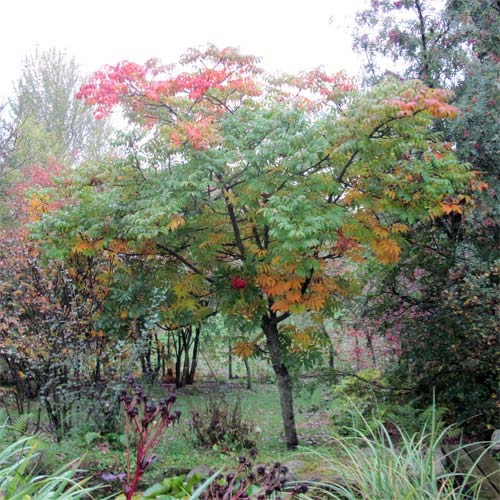
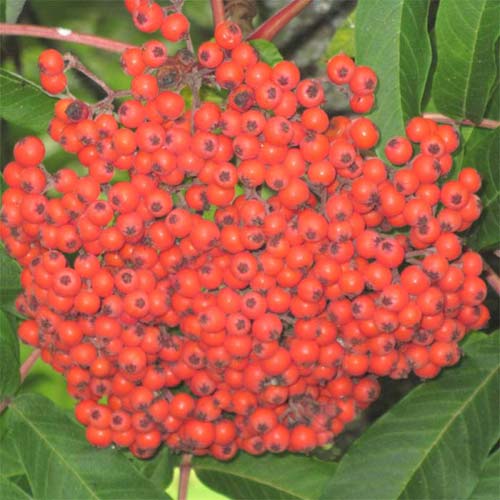

There are very few Rowan with orange berries. S. commixta 'Embley' is sometimes described as "the best orange berried form", but our tree has scarlet not orange berries.
The best orange we know is Sorbus californica which has the advantage of being tetraploid but whose berries end up scarlet as they ripen.
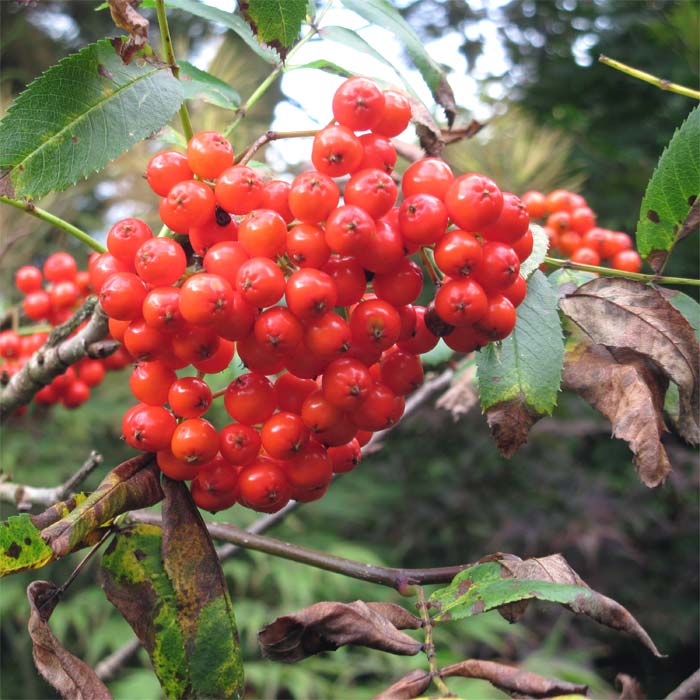
Yellow berries are usually carried by a form of a particular species rather than a species itself. The most common is perhaps S. 'Joseph Rock' which is now thought to be a hybrid between S. commixta and S. monbeigii. Even 'though this is a hybrid, the fruit is fertile giving seedlings with fruit from pale lemon to orange.
If 'Joseph Rock' is a little pale for you, S. aucuparia fructo-lutea has bright yellow fruit.
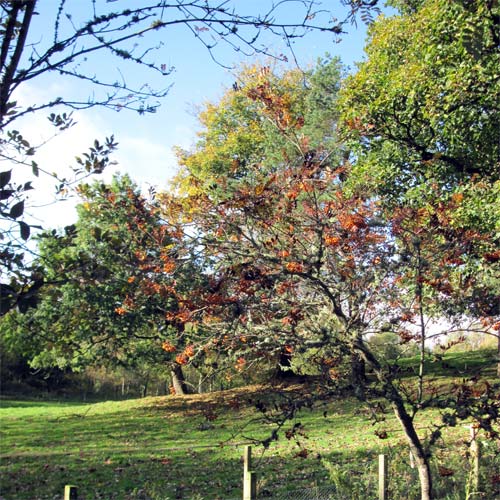
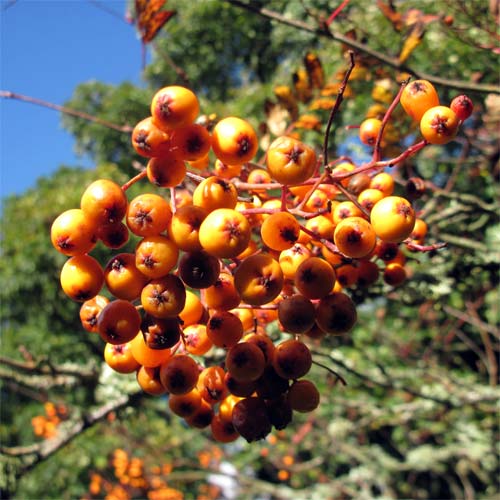
The pink and white berried plants are less easily defined than the red in that some start off with pink fruit which gradually changes to white, some start pale pink and deepen their shade with time and a few are pink or white all the time.
Pinks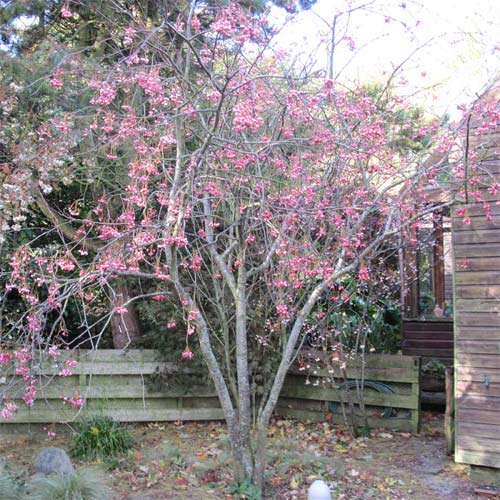
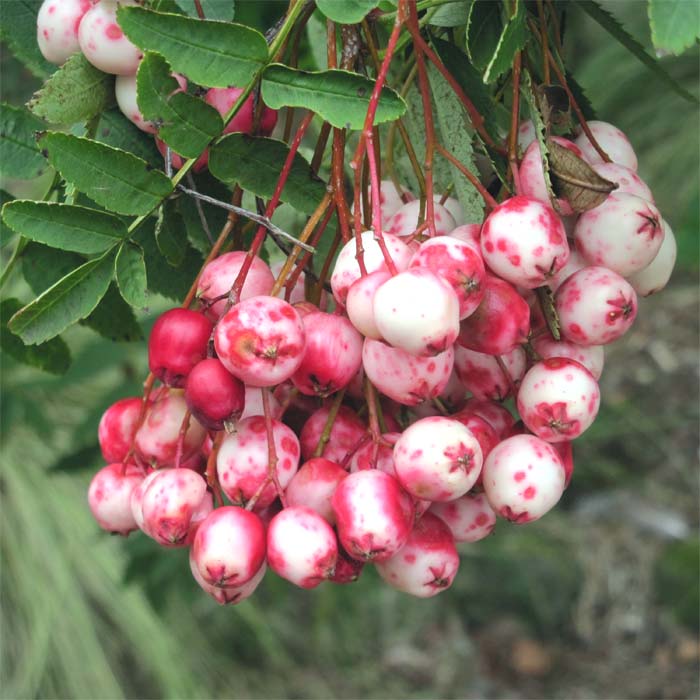
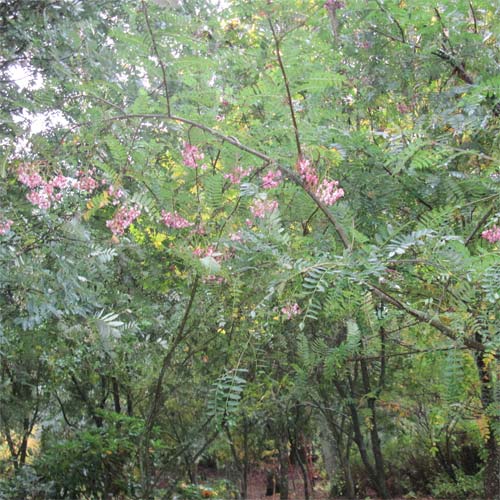
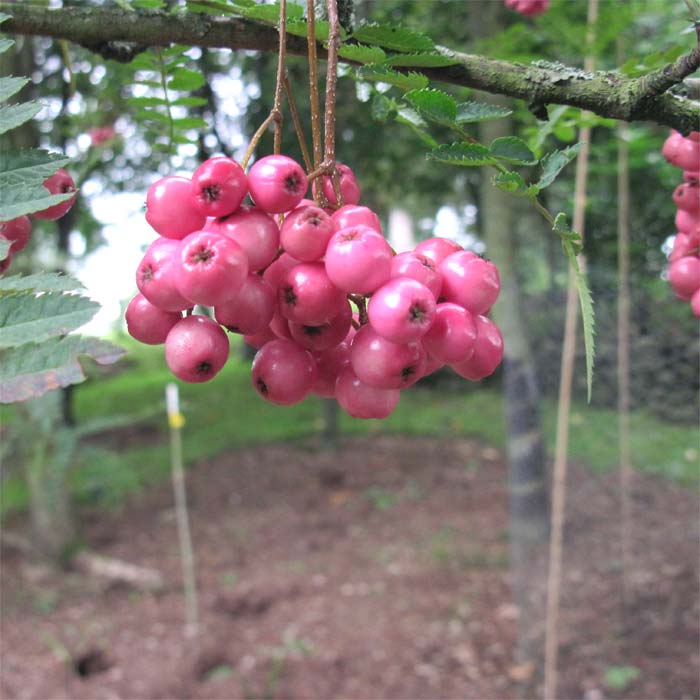
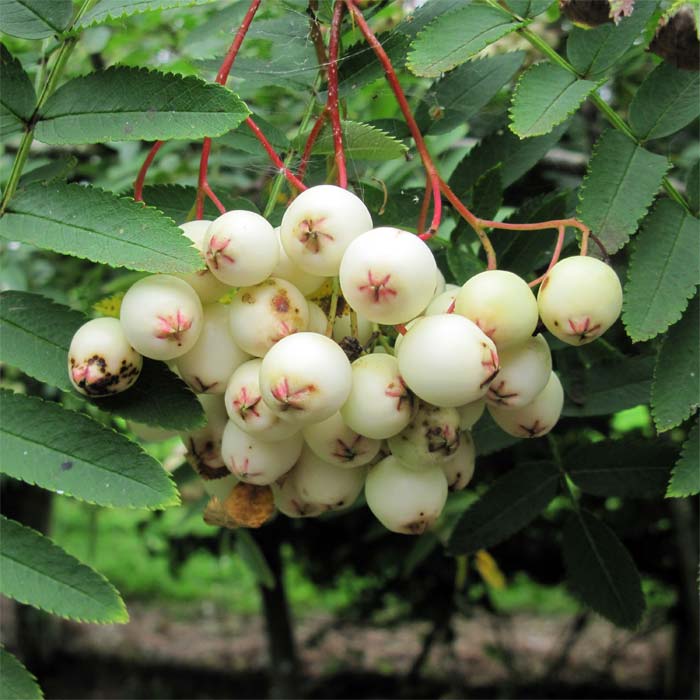
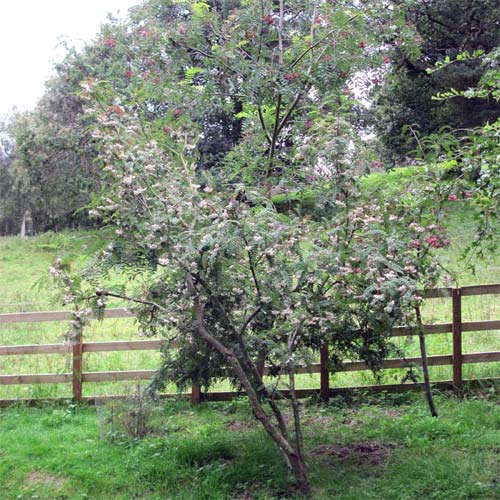
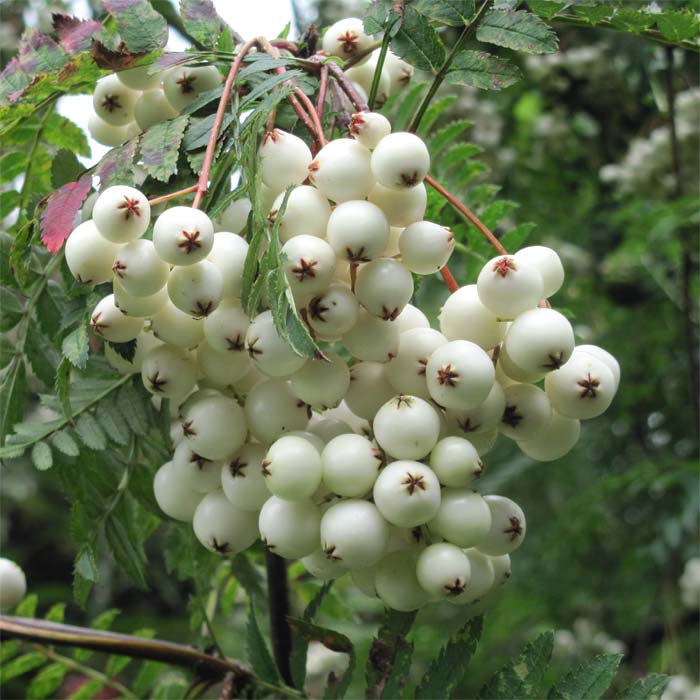
Click a link to see the current plant database, or maps showing the Rowans' positions either in the garden or a near-by field.